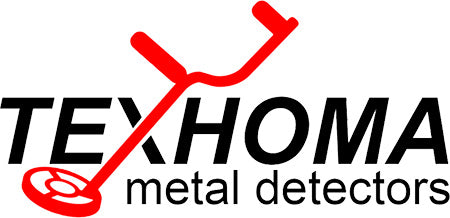For Beginners….. AI article
One of the most exciting, and sometimes confusing, parts of starting out in metal detecting is understanding what your machine is trying to tell you. It's like learning a new language, but instead of words, it's all about beeps, tones, and numbers!
After years of swinging detectors from Nokta, Minelab, XP, and Garrett, I've heard my fair share of signals – both good and bad! Let's break down what those sounds might mean for you, especially if you're just starting your treasure-hunting journey.
What's Your Detector Saying?
Most metal detectors use a combination of:
1. Tones: You'll hear different pitches – low, medium, or high.
2. Visual IDs (VDI Numbers): Many modern detectors have a screen that shows a number (like 0-99) or a category (like "Iron," "Foil," "Coin").
Think of it like this:
• Low, Grumpy Tones (and Low Numbers, often single digits or negative): This usually means iron. Think nails, old farm equipment, or rusty can fragments. While not always treasure, digging iron helps you "train your ear" to recognize it.
• Mid-Range Tones (and Mid-Range Numbers, say 15-50): This is where it gets interesting! You might find pull tabs, screw caps, or smaller aluminum pieces here. But don't dismiss them too quickly – sometimes nickel coins can fall into this range!
• High, Clear Tones (and Higher Numbers, say 60-99): This is often the sound we chase! High tones usually indicate more valuable targets like silver coins, copper pennies, or brass relics. Gold can sometimes give a mid-to-high tone, depending on its size and purity.
Important Tip: Every detector brand and model is a little different! A "50" on a Garrett might sound different or mean something slightly different than a "50" on a Minelab. The best way to learn your specific machine is to:
• Practice in your yard: Bury a few different coins (penny, nickel, dime, quarter) and a piece of iron. See how your detector reacts to each.
• Listen carefully: Pay attention to the repeatability of the signal. A good target will usually give a clear, consistent signal from different sweep directions. Trash often gives broken or jumpy signals.
Don't get discouraged by digging up trash. Every piece of trash you dig makes you a better detectorist because you're learning how your machine behaves. The more you use your detector, the more fluent you'll become in its language!
Happy hunting, and remember, every beep is a clue!
